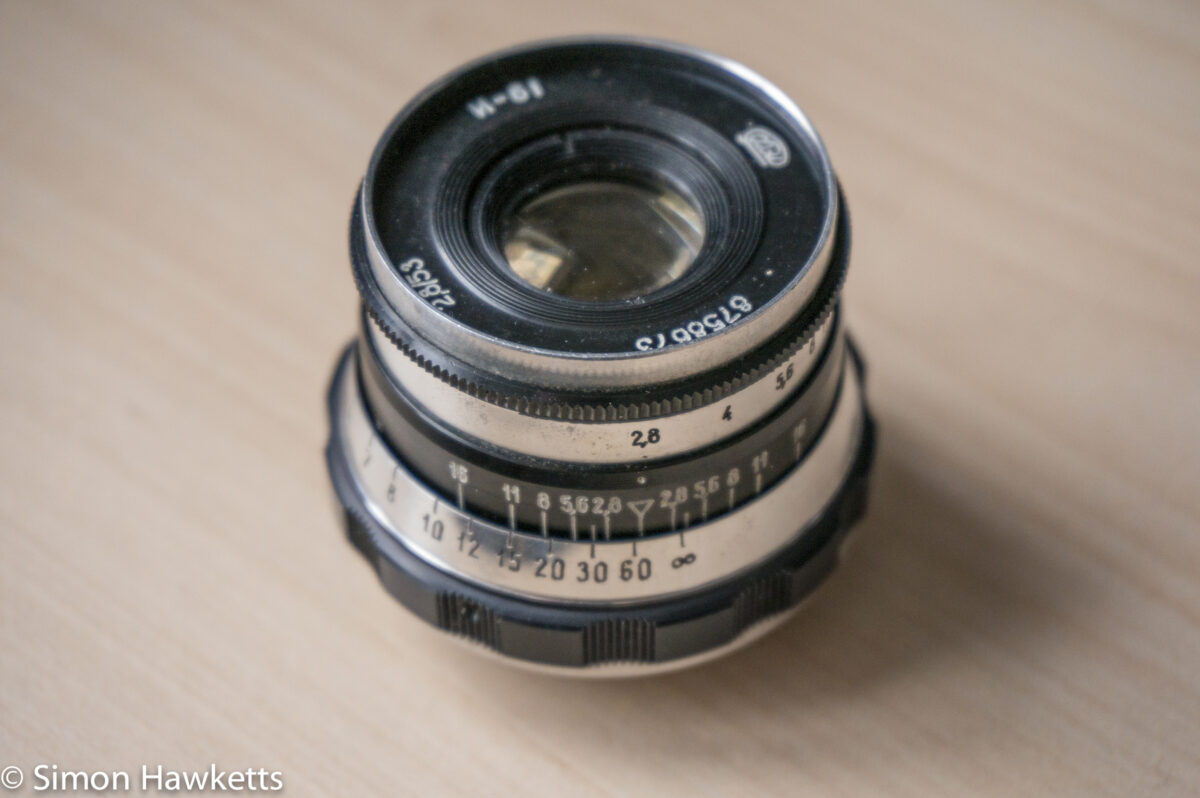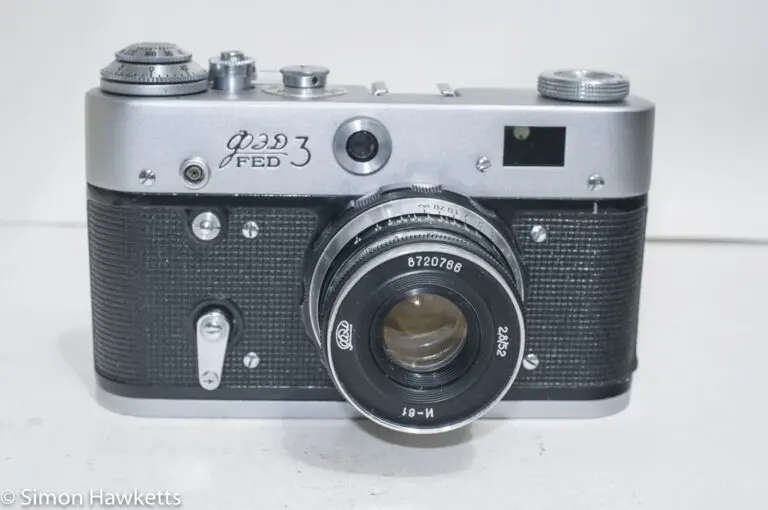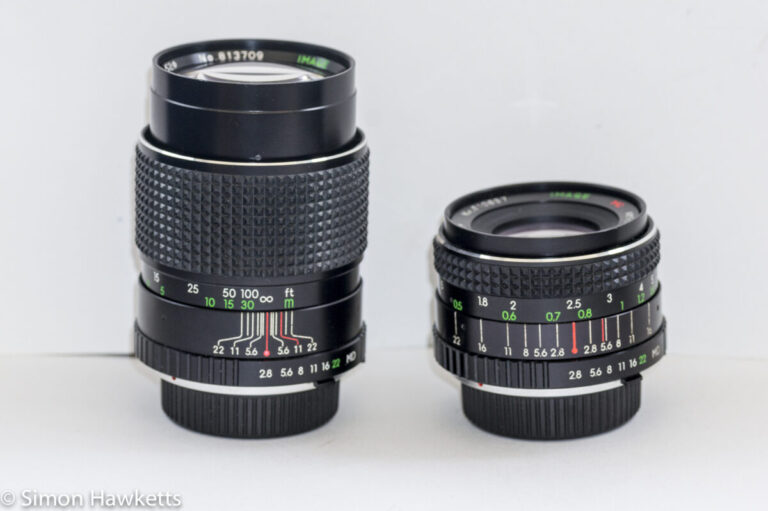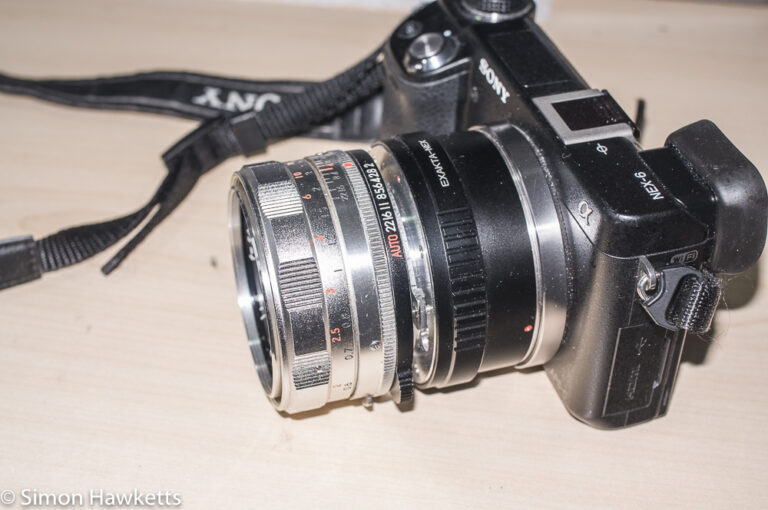Industar 61 f/2.8 50 mm lens
This post tells the story of how I discovered that vintage lenses, designed for rangefinder cameras in the 1960s, can be put to renewed use with some of the modern mirror-less cameras. In this particular case the lens in question is the Industar 61 which was supplied as a standard lens on some models of Fed camera. First some pictures of the lens itself.
Industar 61 general Images
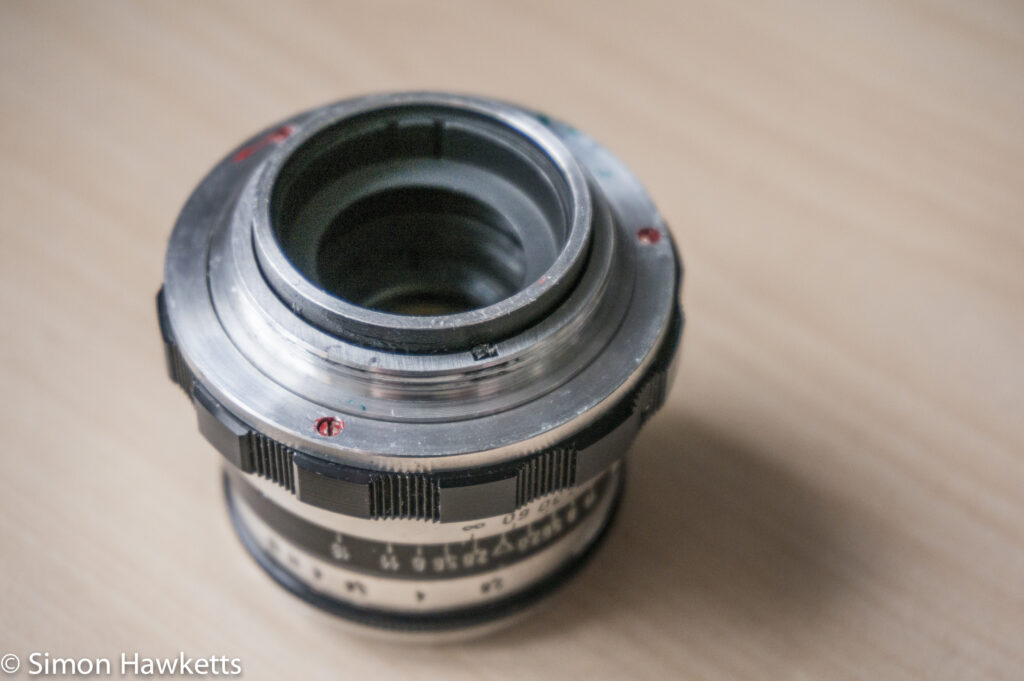
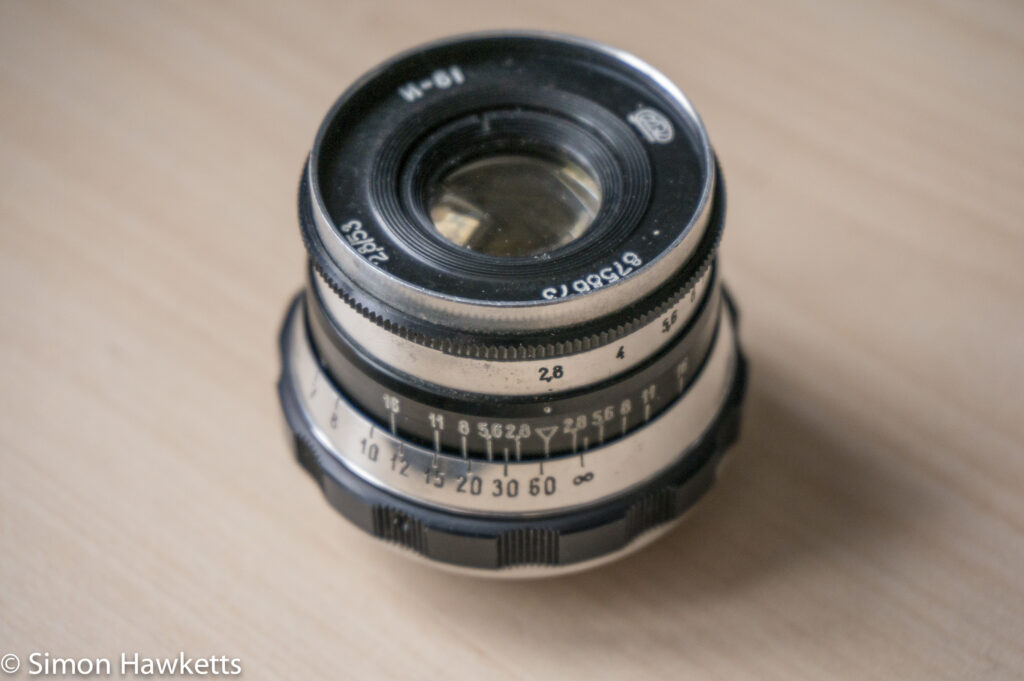
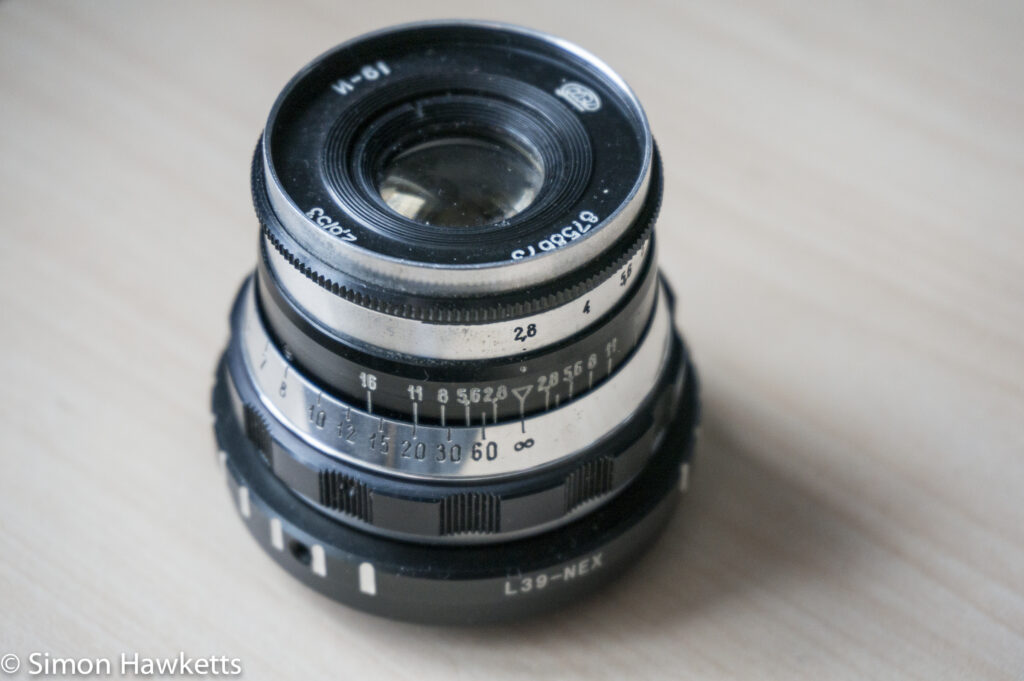
Industar 61 Description
The recent acquisition of a Sony NEX 6 has opened a variety of options for me on the lens front. Because the NEX camera has such a short distance from the sensor to the lens mount it’s possible to adapt it to take a variety of lenses. Couple this with the focus peaking, which makes it much easier to manually focus, and you have the ideal camera for trying out lots of different lenses.
I have already tried a Jupiter 8 lens on my NEX, which I took from a Zorki 4k my Dad gave me, and I’ve been looking around for other M39 soviet lenses to try as well. The problem is, I think a lot of people have the same idea, because the price of the popular lenses seems to have risen quite a bit over the last few months. They are still good value if you find a good copy, but we are talking about kit which has been around for up to 50 years and so could have had any sort of treatment. I don’t mind paying £40 for a good lens, but don’t want to pay that sort of price and then throw the lens away.
I was looking on e-bay to see what was available when I found a Fed 4 for sale which was marked as, ‘viewfinder cloudy, self-timer lever missing’, and had no bids. The Fed 4 has a m39 lens fitted – an Industar 61 which has a reasonable reputation, so I waited until 1 minute before the auction finished and tried a £5 bid. No one else seemed interested (or they weren’t quick enough) and I won the auction for £4.99 + £3.00 postage. So yesterday I took delivery of a type 2 Fed 4 dated somewhere between 1969 & 1980.
The first thing I did was remove the lens and have a look at the general condition. The aperture ring is a click stop adjustment moving from f/2.8 to f/16. This seemed to move well and the aperture blades themselves seem to slide over each other without any problems.
The focus ring was a different story, however. It turned, but it wasn’t at all free, sometimes moving tightly and then suddenly jumping forward a few degrees. After a bit of internet research it seems this is a common problem caused by the grease used to lubricate the focus mechanism turning into a sort of waxy solid over time.
At this point I thought I had probably wasted a few pounds because it really wouldn’t be worth having the lens professionally repaired. However, a bit of further research came up with Matt’s Classic Cameras and I found instructions there on cleaning and re-greasing the Industar 61.
This looked a bit scary at first, but I thought ‘what’s the worst that could happen?’ and decided to give it a go. Turns out these lenses are really not too difficult to work on. The most difficult part of the procedure was the removal of one of the screws which forms a stop for the focus adjustment. This screw was beneath the depth of field scale and I could only just get a screwdriver on half the screw head. I didn’t want to take the top off the screw, but with a series of careful half turns I got it free. Once that hurdle was over it only took about an hour to have the lens stripped down, cleaned, re-greased and re-assembled ready to go.
There are a few minor scratches on the front element of the lens and on closer inspection it looks a bit dirty, so I don’t know what effect that will have on the quality of the images it produces. I’ll need to take a few pictures to find that out.
So now I have a fully functioning 50 mm f/2.8 manual lens to try out. If it turns out that the lens is too dirty or scratched to be of any use I will only have lost a few pounds, and it may turn out to be a nice lens.
I’ll post some pictures once I have a few taken.
Update:
I’ve been out and taken a few pictures with this lens, so I’m posting the results as promised. These are all shot in raw and processed in Lightroom in exactly the same way I do all my photos. In this case however there are no lens corrections applied.
Industar 61 sample pictures
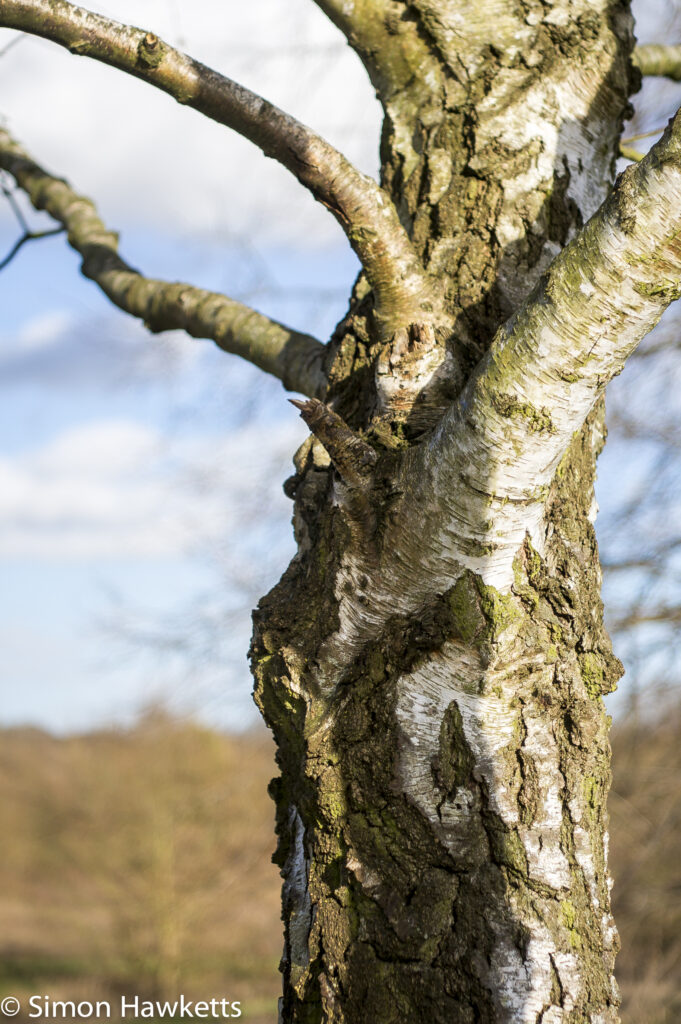

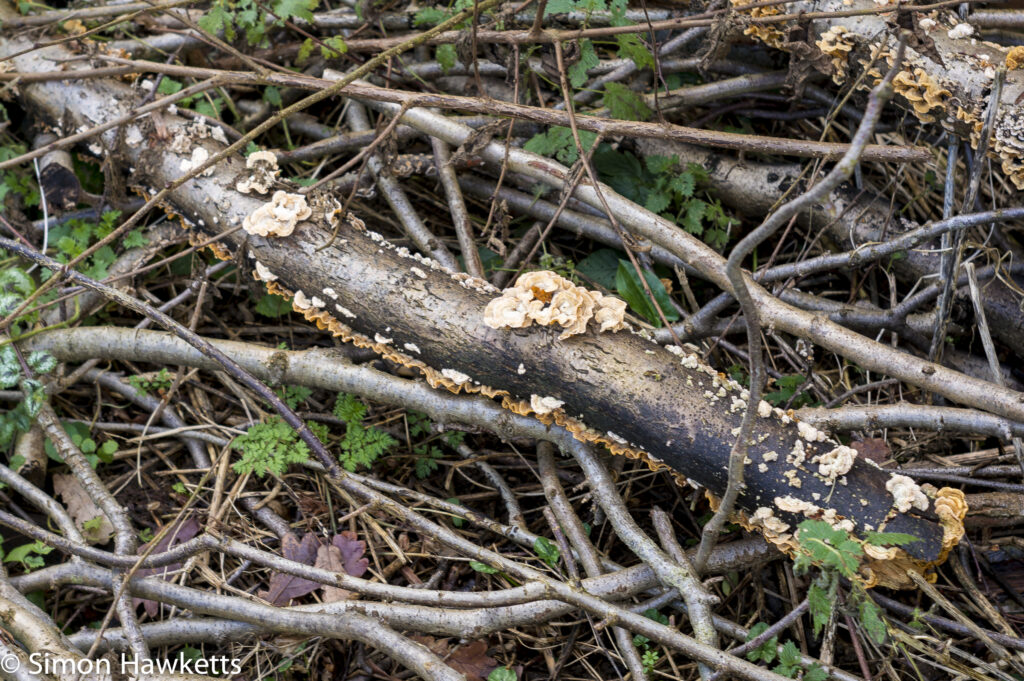
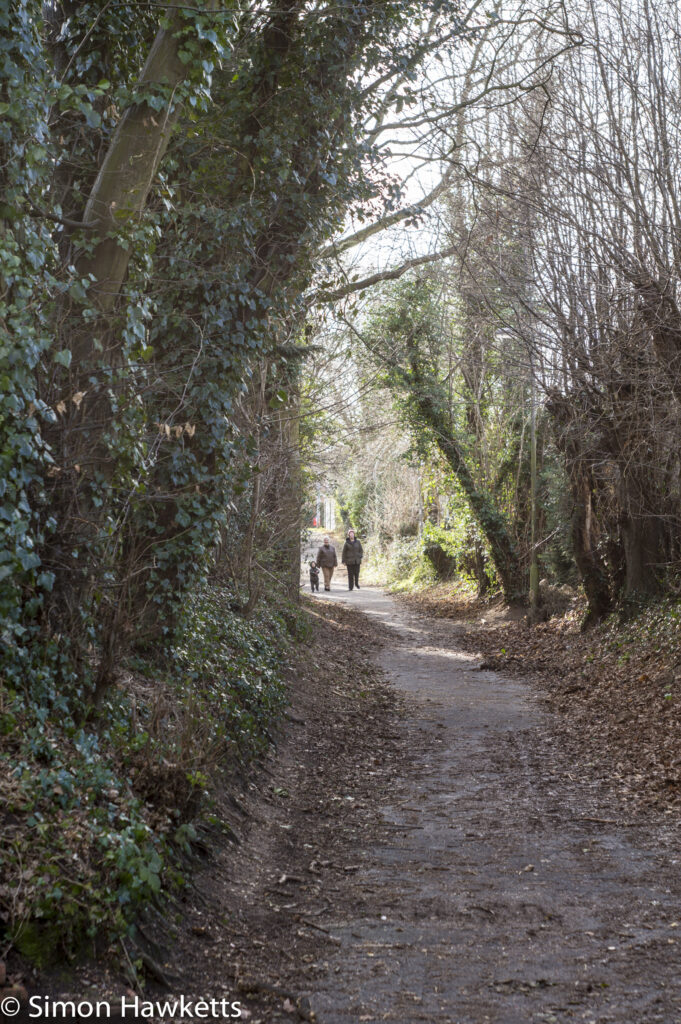
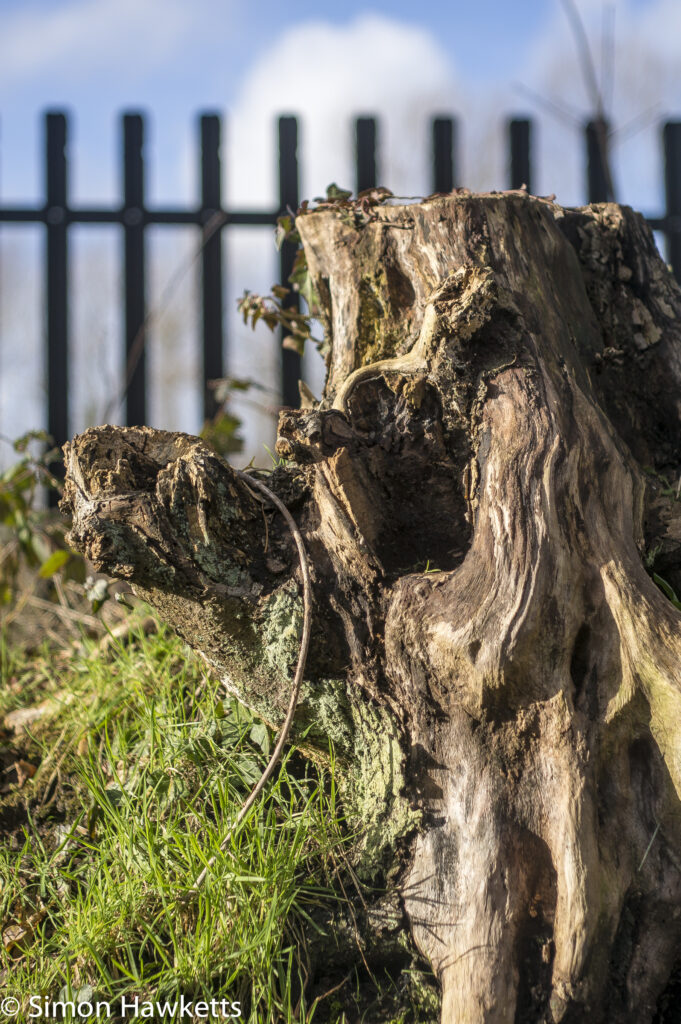

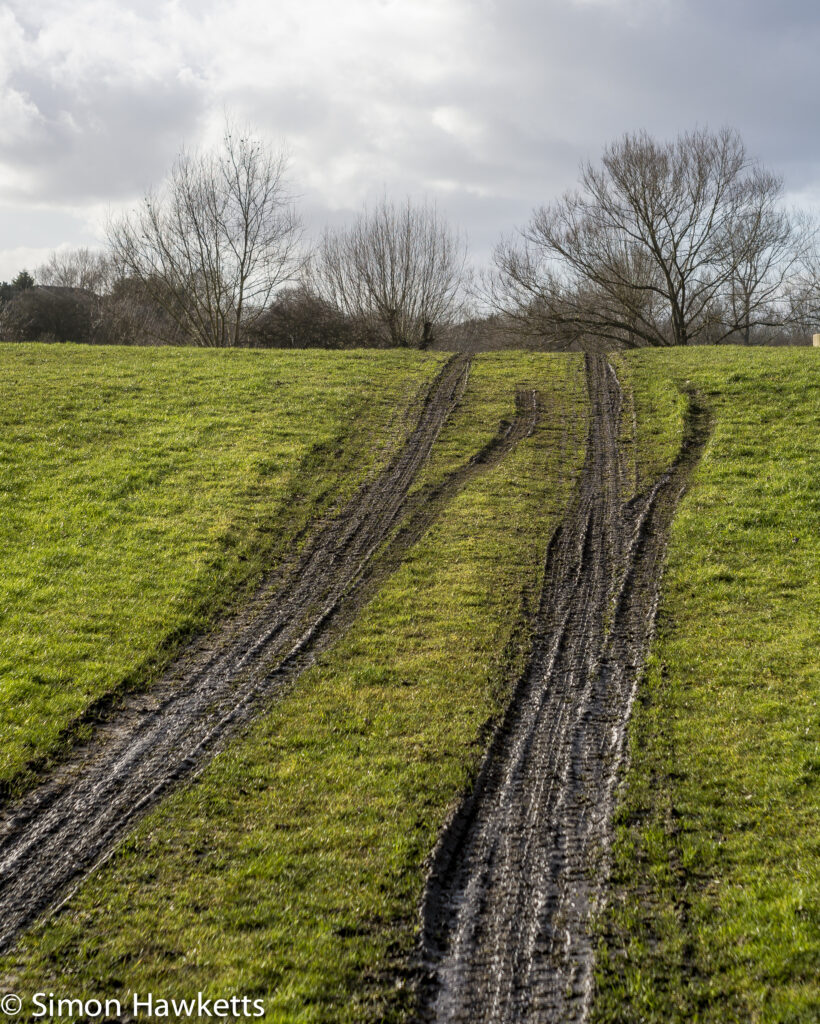
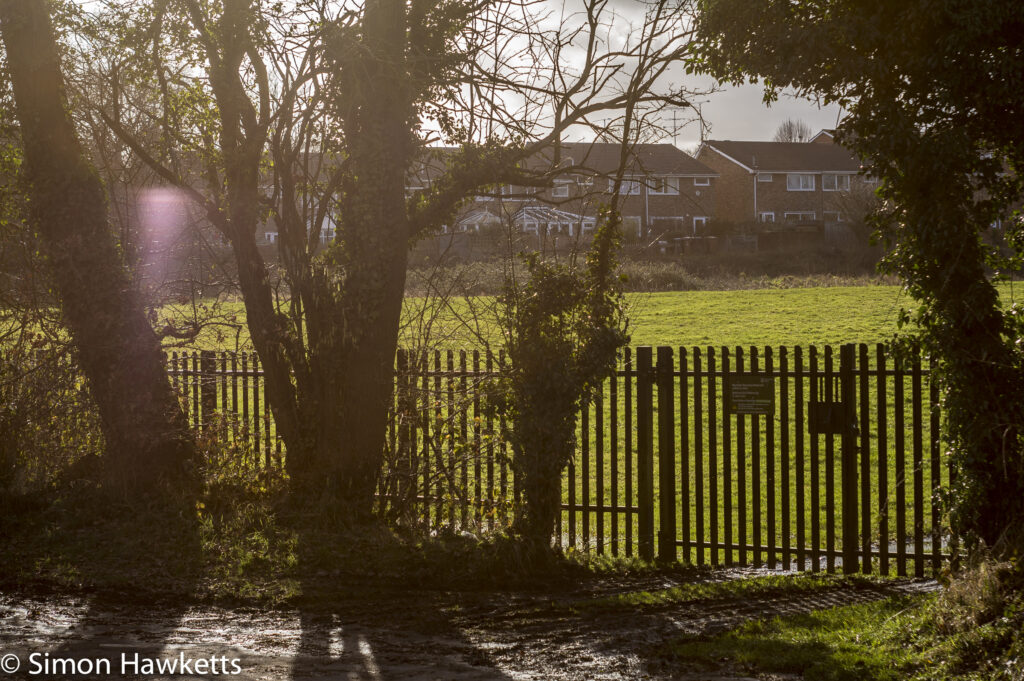
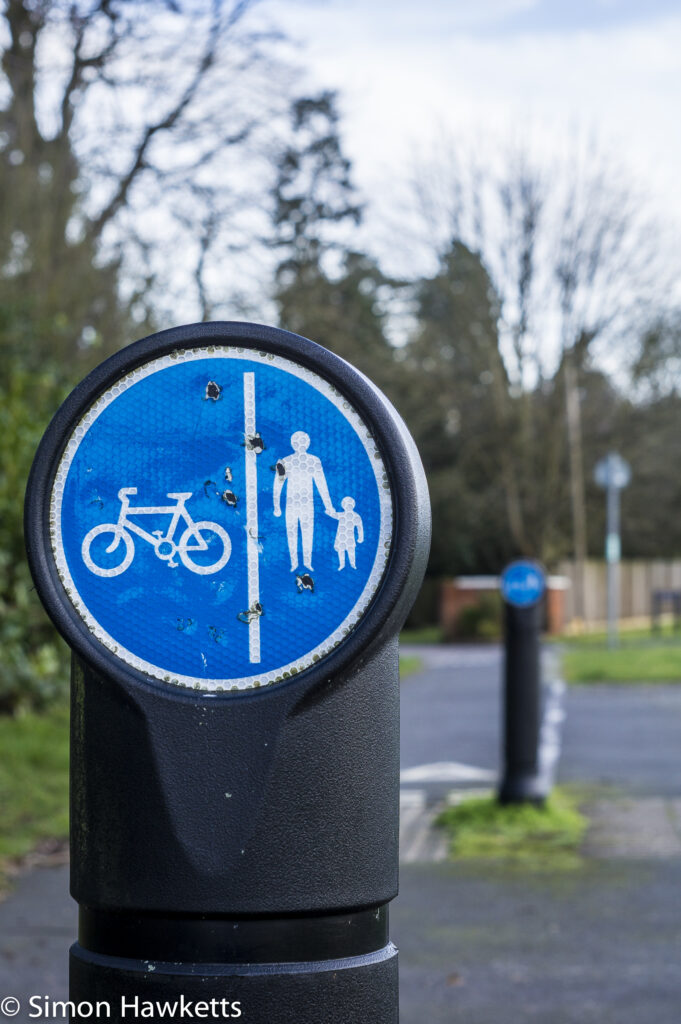
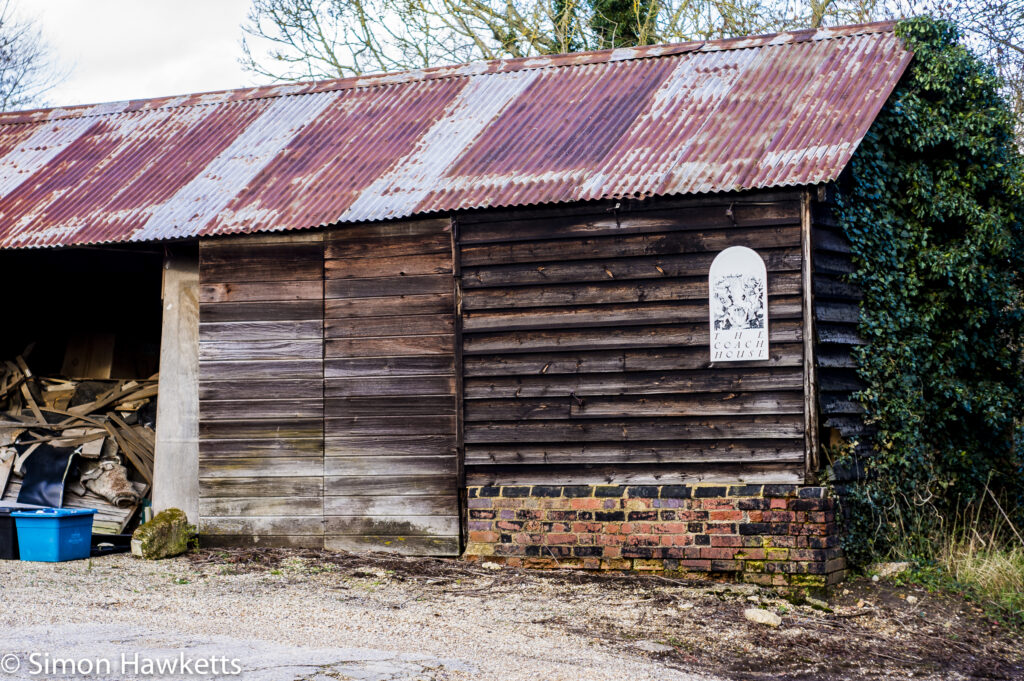
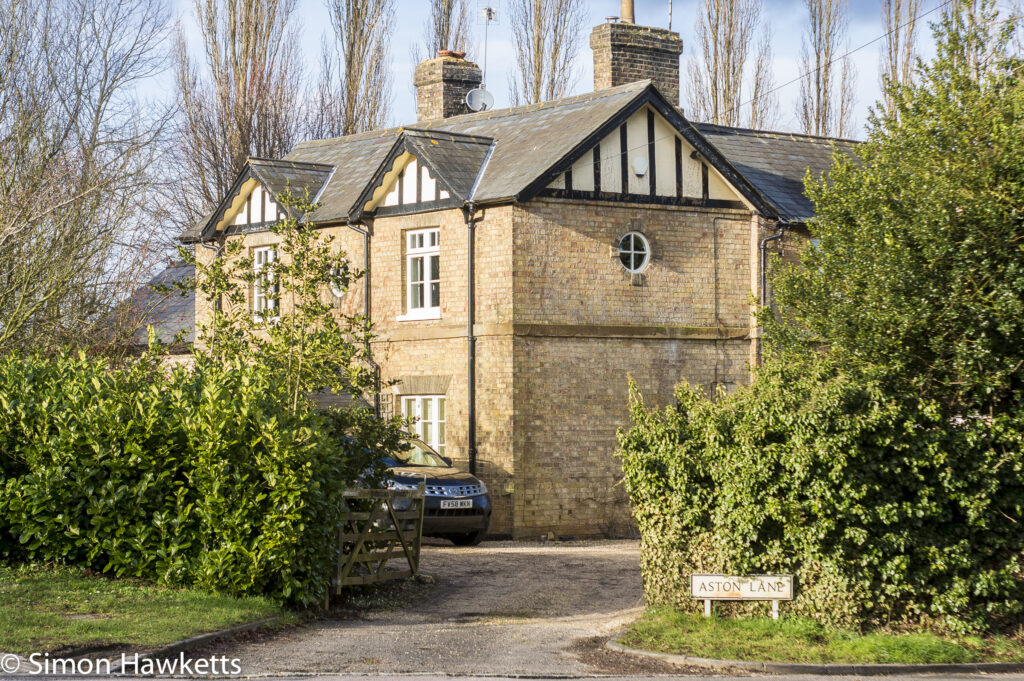

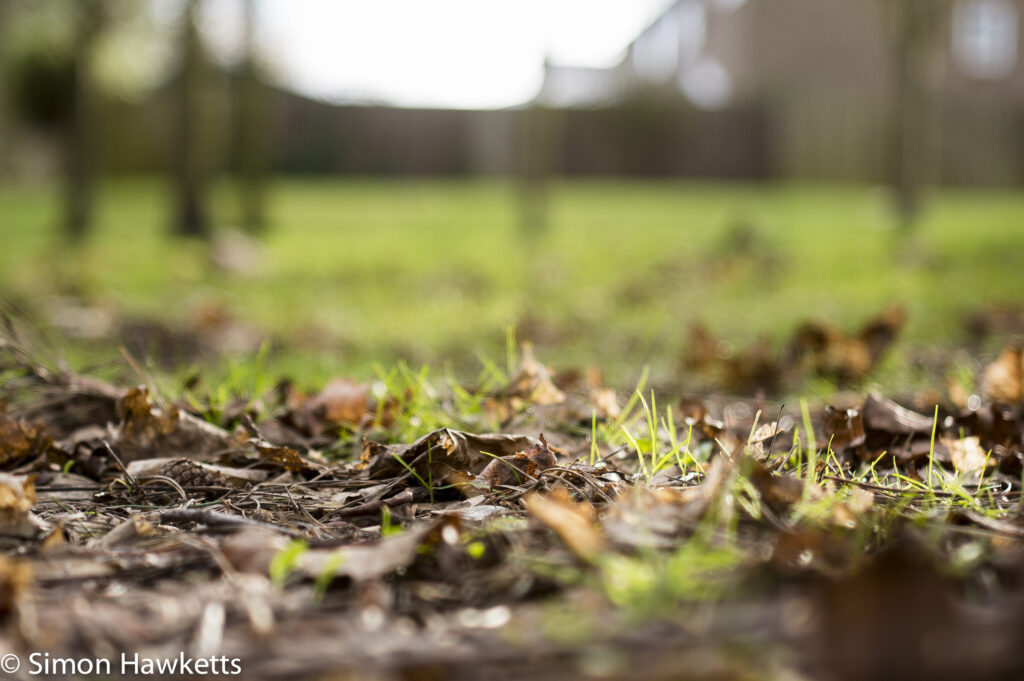
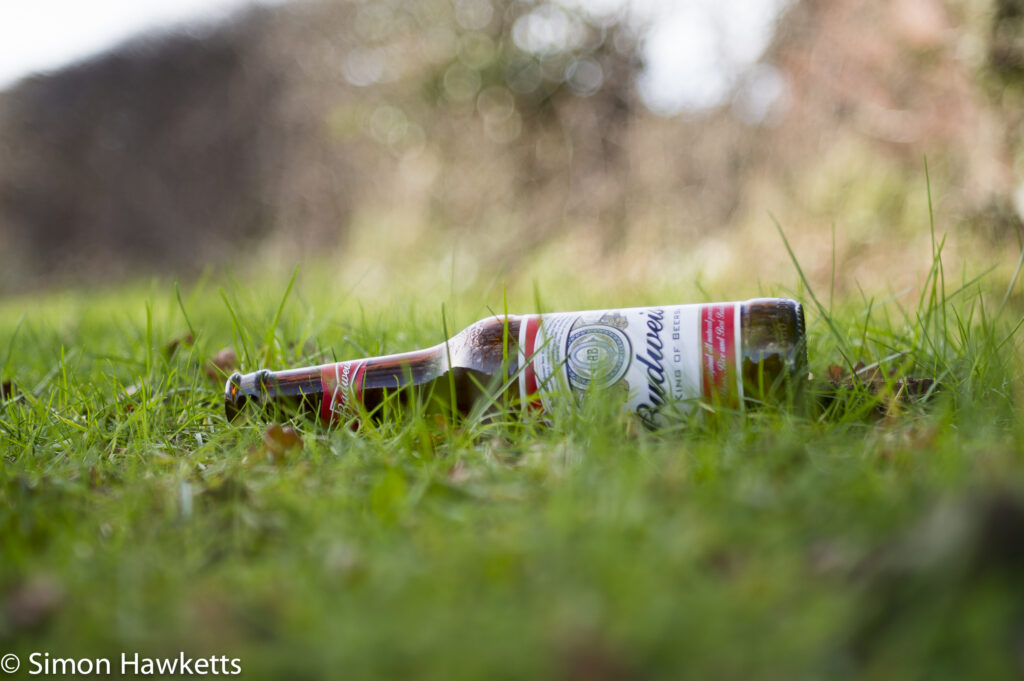
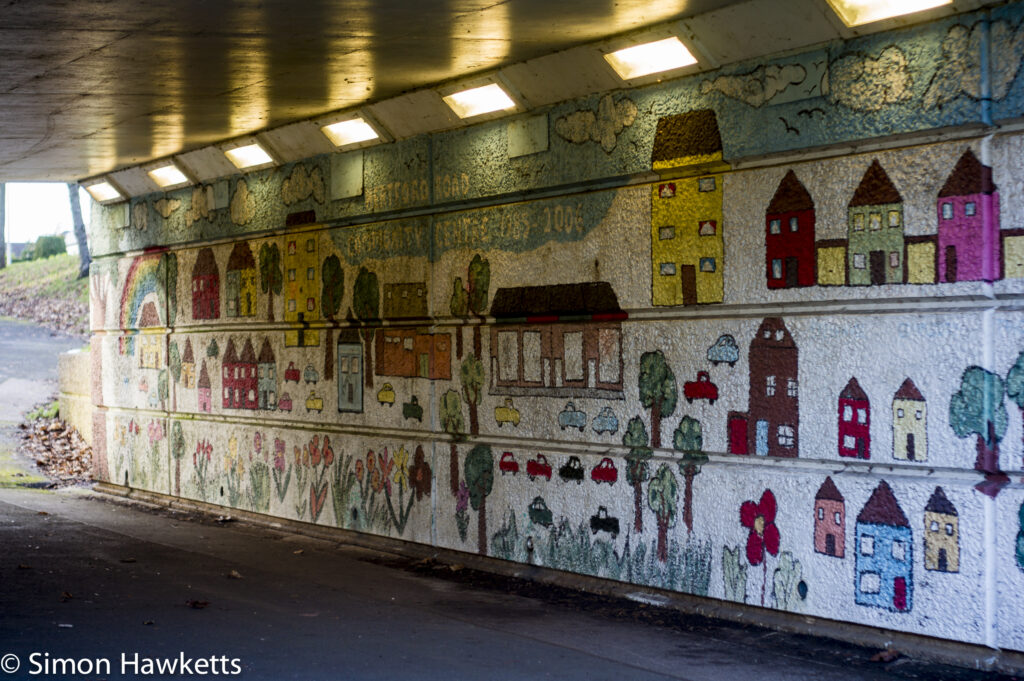
So overall I think this is a pretty good lens for about £8! There are some obvious problems when shooting directly into the sun – presumably caused by the small scratches in the front element, but if you take that into account and shade the lens it quite nice.
Discover more from Everything Vintage
Subscribe to get the latest posts sent to your email.

